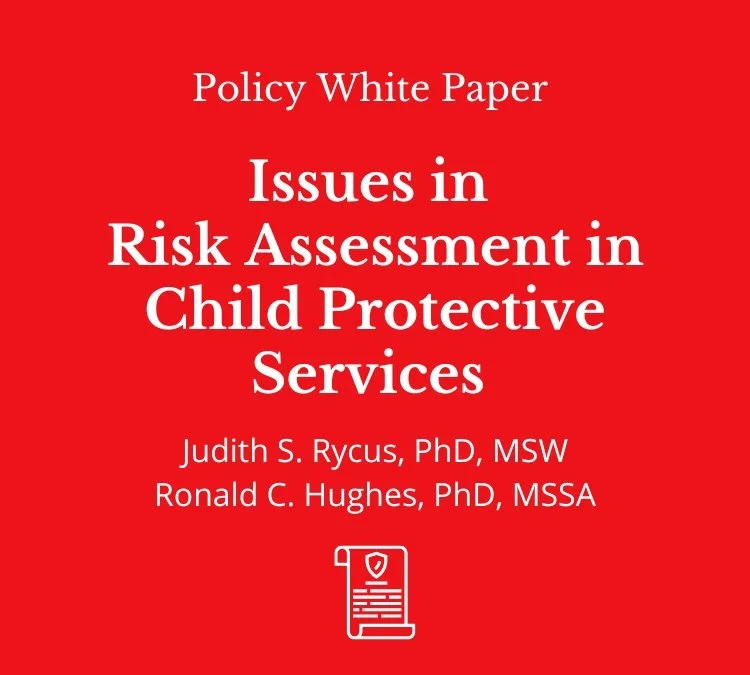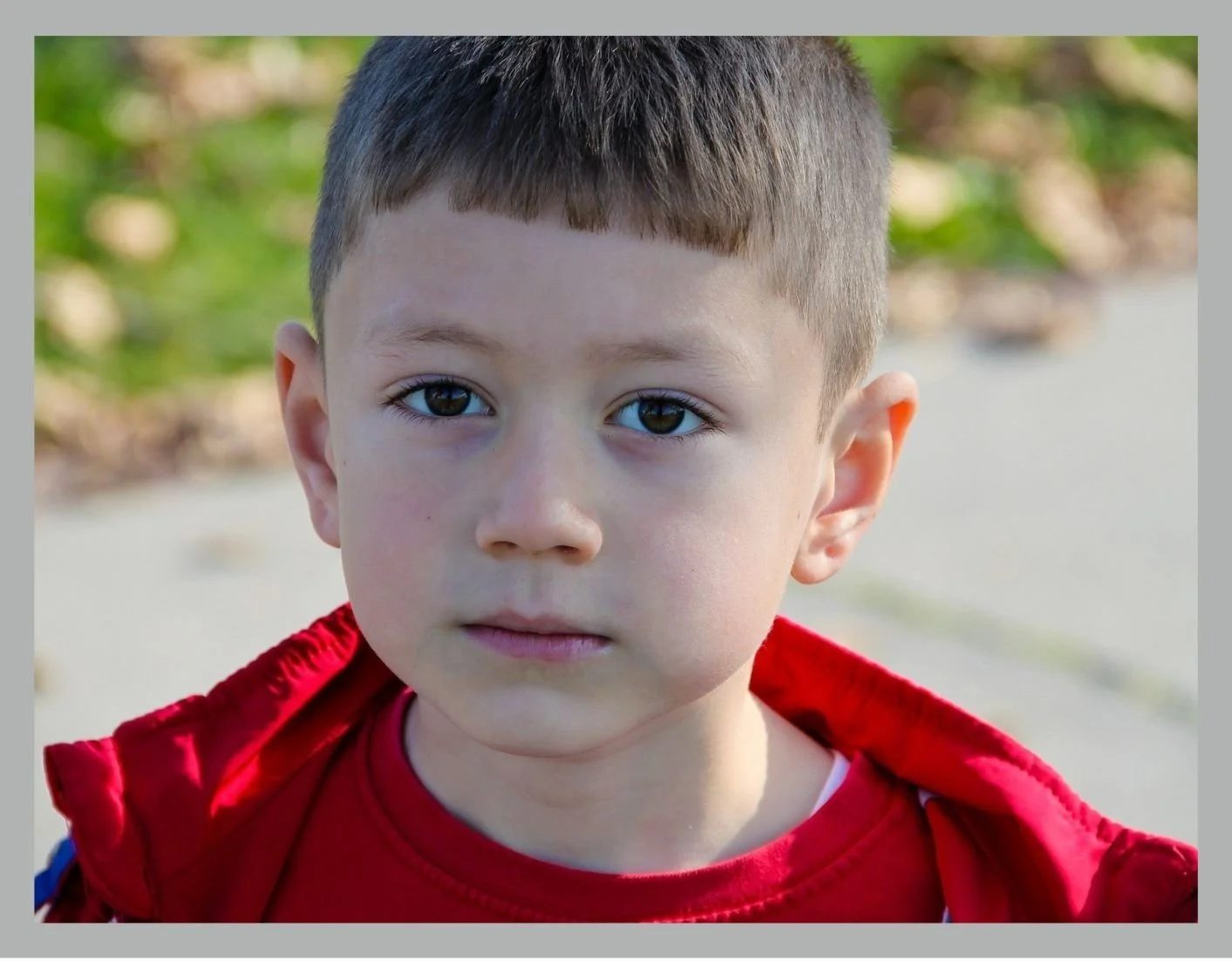
Risk Assessment
To be both effective and just, child protective services must balance children’s rights to be safe from maltreatment with families’ rights to raise their children without government interference. These are not competing rights. Strengthening and supporting families to safely care for their own children can uphold both.
The more fundamental question is, how much authority is needed to ensure a particular child’s safety, and what criteria do we use to justify more comprehensive and sometimes intrusive oversight, monitoring, and intervention?
Risk assessment technologies were researched and developed to inform these complex and challenging decisions. Yet, risk assessment is still not universally – or even widely – used in direct practice.
Our work explores the goals of risk assessment, compares the effectiveness of different approaches, and explains how risk assessment drives decisions throughout the life of the case. We also address widely adopted language and concepts that have further confused rather than clarified this essential child welfare skill.
Policy Reports
Publications
Contributors
Authors
Judith S. Rycus, PhD, MSW
Program Director, Senior Policy Analyst,
Child Maltratment Policy Resource Center
Institute for Human Services
Ronald C. Hughes, PhD, MSSA
Executive Director, Senior Policy Analyst
Child Maltreatment Policy Resource Center
Institute for Human Services
Christopher Baird, MA
Executive Vice President
Children's Research Center
National Center for Crime and Delinquency
Madison, Wisconsin
Advisors
George V. Falco
New York State Department of Family
Assistance, Office of Temporary and
Disability Assistance; formerly Director,
Office of Program Planning, Analysis and
Development, New York State
Department of Social Services
Eileen D. Gambrill, PhD
Hutto Patterson Professor,
Child and Family Studies,
School of Social Welfare,
University of California at Berkeley
Rick Morrissey, BA
Supervisor of Child Protection Services,
Dakota County Social Services,
Apple Valley, Minnesota
Daniel D. Schneider, MA
Former Director, Public Children
Services Association of Ohio,
National Network for Child Safety,
Columbus, Ohio
Aron Shlonsky, PhD
Assistant Professor, School of Social
Work, Columbia, University New York,
New York Professor of Social Work,
Monash University, Melbourne, Australia
Nancy Simon, MSSA
Consultant, Trainer, former Supervisor
of Family Services Cuyahoga County
Department of Children Services,
Cleveland, Ohio
Dennis Wagner, PhD
Research Director, Children’s Research Center
National Center for Crime and Delinquency
Madison, Wisconsin









